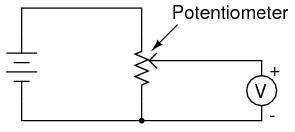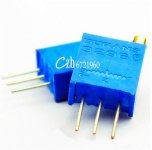nutnspecial
10 MW
I'm hoping this will be a very easy question. . .
I have my bare motor and programmable controller. I run all controls thru controller, making a $100+ Cycle Analyst a bit overkill in price and size for the build. I own a V3 but want to save it where I can really use all of the functions.
I have one or two of these http://www.ebay.com/itm/Dual-LED-DC-Digital-Display-Ammeter-Voltmeter-LCD-Panel-Amp-Volt-100A-100V-L5YG-/361449365620?hash=item54280fa074:g mUAAOSwRgJXhumn
mUAAOSwRgJXhumn

and was planning on using them for no frills current and voltage display, but am just realizing there is no adjustability to their current sense.
Apparently they want 0-75mV for a 0-100a scale because they use a .00075 ohm resistor.
How will that work with a motor controller's shunt measuring around 1mOhm???
I think I may need to add a trimpot somewhere, and maybe another resistor but I really haven't found the specifics to make me comfortable with the mod. . . .
Isn't there any cheap display that is already manually adjustable???
Thanks!
I have my bare motor and programmable controller. I run all controls thru controller, making a $100+ Cycle Analyst a bit overkill in price and size for the build. I own a V3 but want to save it where I can really use all of the functions.
I have one or two of these http://www.ebay.com/itm/Dual-LED-DC-Digital-Display-Ammeter-Voltmeter-LCD-Panel-Amp-Volt-100A-100V-L5YG-/361449365620?hash=item54280fa074:g

and was planning on using them for no frills current and voltage display, but am just realizing there is no adjustability to their current sense.
Apparently they want 0-75mV for a 0-100a scale because they use a .00075 ohm resistor.
How will that work with a motor controller's shunt measuring around 1mOhm???
I think I may need to add a trimpot somewhere, and maybe another resistor but I really haven't found the specifics to make me comfortable with the mod. . . .
Isn't there any cheap display that is already manually adjustable???
Thanks!




